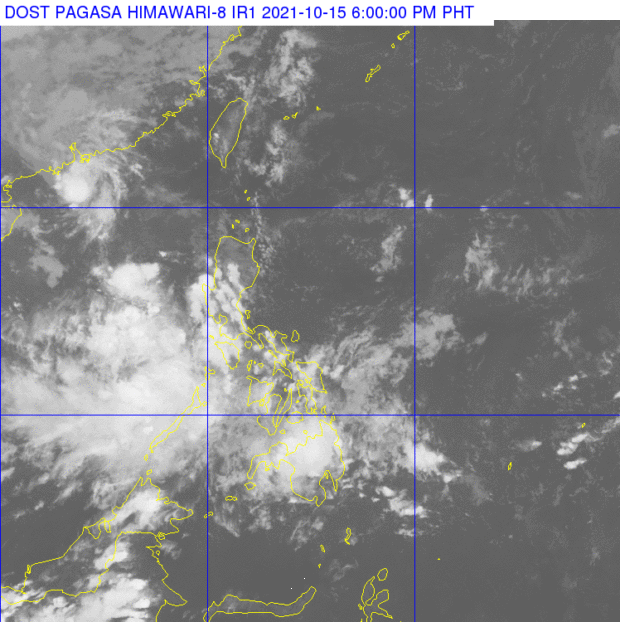Goodbye habagat, hello amihan: PH begins transition to cooler weather
MANILA, Philippines — The country’s wet and humid season marked by the southwest monsoon or habagat is officially over, as state meteorologists are observing a transition to the northeast monsoon period.
A statement from the Philippine Atmospheric, Geophysical and Astronomical Services Administration (Pagasa), released through their weather forecast on Friday afternoon, said that the gradual weakening of the habagat was observed in recent weeks.
In addition to that, Pagasa also confirmed the presence of a stronger high pressure area above mainland Asia, which would lead to the northeasterly surge — a key indicator of the coming northeast monsoon or amihan season.
This means that a hint of the cold weather due to the amihan season may be felt in the coming days, all the way to late February or early March of the following year.
“Ibig sabihin po nito, ngayong panahon na ito ay nasa transition period na po tayo papunta do’n sa tinatawag natin na northeast monsoon season or mas kilala natin bilang amihan,” weather specialist Ana Clauren said.
Article continues after this advertisement(This means that we are currently in the transition period towards the northeast monsoon or what we know as the amihan.)
Article continues after this advertisement“Dahil dito, asahan po natin sa mga susunod na araw, linggo ay unti-unti po o gradual na po ‘yong paglamig ng ating panahon,” she added.
(Because of this, we can expect that in the coming days, we will gradually experience colder weather.)
Aside from that, Pagasa also noted the onset of the La Niña for this year, which would result in a higher than usual amount of rainfall for most parts of the country, especially the eastern side.
Pagasa said around four to six tropical cyclones are expected between October and March 2022, which can enhance the northeast monsoon and trigger floods amid the La Niña phenomenon.
“May inaasahan din tayo from October to March 2022 na apat hanggang anim na tropical cyclones, at karamihan po dito ay landfalling or tumatama po sa kalupaan kaya ngayon pa lamang po ay binabantayan na natin or mino-monitor na natin ‘yong mga ganitong condition para maabisuhan na po natin ‘yong ating mga disaster management offices, pati na rin ang publiko,” Clauren added.
(From October to March 2022, we are expecting four to six tropical cyclones, and most of these are landfalling or would hit land that is why as early as now, we are monitoring the situation and conditions to ensure that disaster management offices and the public are forewarned.)
